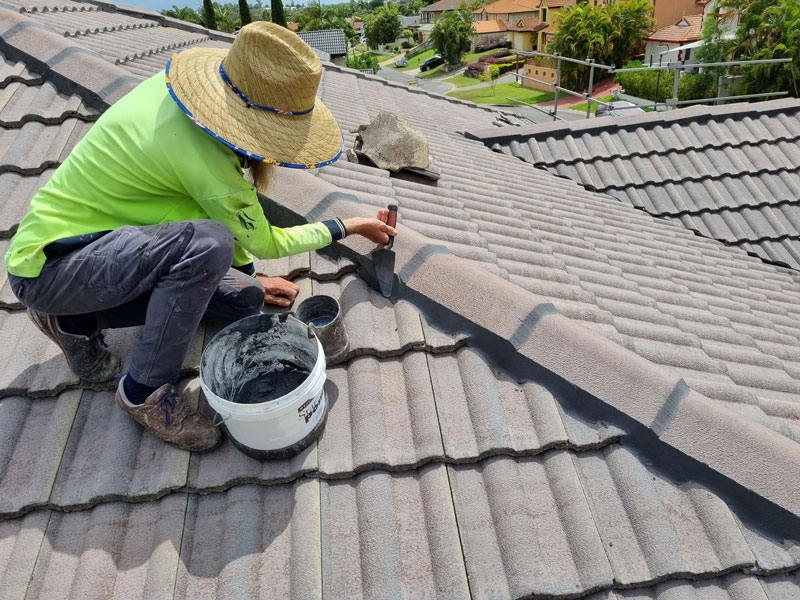Rise by Six: Your Daily Dose of Inspiration
Explore insights and stories that elevate your day.
Repair or Replace? The Roof Dilemma Unveiled
Discover the secrets to deciding whether to repair or replace your roof! Uncover the cost-saving tips and expert insights you need.
When to Repair and When to Replace Your Roof: A Comprehensive Guide
Understanding when to repair and when to replace your roof is crucial for maintaining the integrity of your home. Roof repair is usually the more cost-effective option if the damage is minor, such as a few missing shingles or small leaks. In such cases, a simple patching job can extend the life of your roof significantly. However, if you notice more extensive issues, such as significant wear and tear across a large area or multiple leaks, it may be time to consider a complete roof replacement.
As a general rule, here are some signs that indicate a roof replacement may be necessary:
- Shingles are curling, buckling, or are more than 20 years old.
- There are leaks that have caused extensive water damage within your home.
- The roof sagging or drooping indicates structural issues.

The Cost of Roof Repairs vs. Replacement: What You Need to Know
When it comes to maintaining the integrity of your home, understanding the cost of roof repairs versus replacement is crucial. Minor repairs, such as fixing leaks or replacing a few shingles, can range from $200 to $1,000 depending on the extent of the damage. For larger issues, like significant structural repairs or widespread damage due to a weather event, costs can escalate quickly, potentially reaching upwards of $5,000. Homeowners should weigh the frequency and cost of repairs against the age and overall condition of their roof.
On the other hand, a full roof replacement can be a substantial investment, typically ranging from $5,000 to $30,000 depending on materials and roof size. Factors such as the roofing material, labor, and any necessary structural reinforcements will influence the final price. While the initial cost is higher, a new roof often comes with a warranty and can increase your home's energy efficiency. In deciding between repairs and replacement, consider long-term durability and how each option fits within your budget.
Top Signs Your Roof Needs More Than Just a Repair
Recognizing the key indicators that your roof requires more than just a repair is crucial for maintaining the integrity of your home. One of the most significant signs is the presence of widespread water stains on your ceiling or walls. This suggests that water is penetrating through the roofing material, leading to potential mold growth and structural damage. Additionally, if you notice shingle granules accumulating in your gutters, this can indicate that your shingles are deteriorating and may need to be replaced entirely rather than just repaired.
Another major sign is the appearance of sagging areas in your roof. Sagging often indicates underlying structural issues, which can compromise the safety and longevity of your home. Furthermore, if your roof is over 20 years old, it may be time to consider a full replacement rather than patching up minor issues. Regular inspections by a professional can be invaluable in identifying these problems early on, ensuring that your home remains safe and secure for years to come.